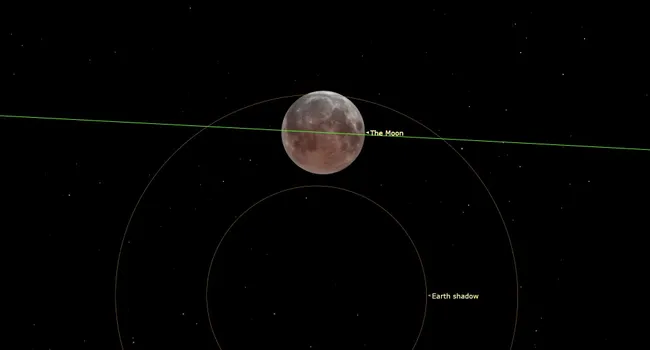But two weeks before the total solar eclipse, during the overnight hours of March 24-25, it will be the moon's turn to undergo an eclipse; a prelude to grand event coming our way in early April.
That final full moon before the total solar eclipse, March's Worm Moon, will quietly slip into Earth's outer shadow, known as the penumbra.
The continents of North and South America are in the best position to see this lunar eclipse, as it occurs high in their sky while the night of March 24 transitions to March 25.
The moon will take 4 hours and 40 minutes to glide across the pale outer fringe (penumbra) of Earth's shadow, never reaching the shadow's dark umbra.
Source
That final full moon before the total solar eclipse, March's Worm Moon, will quietly slip into Earth's outer shadow, known as the penumbra.
The continents of North and South America are in the best position to see this lunar eclipse, as it occurs high in their sky while the night of March 24 transitions to March 25.
The moon will take 4 hours and 40 minutes to glide across the pale outer fringe (penumbra) of Earth's shadow, never reaching the shadow's dark umbra.
Source
























